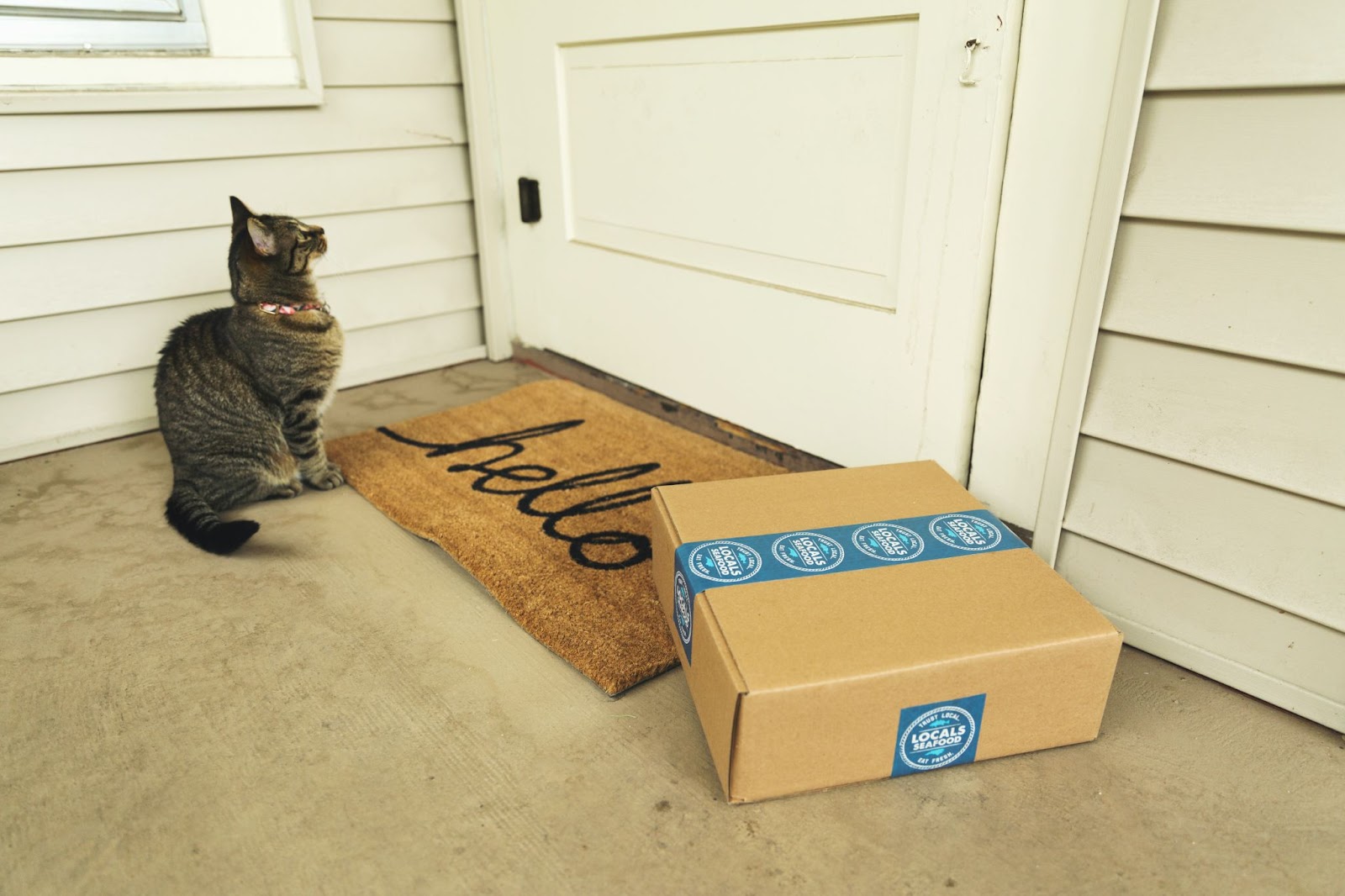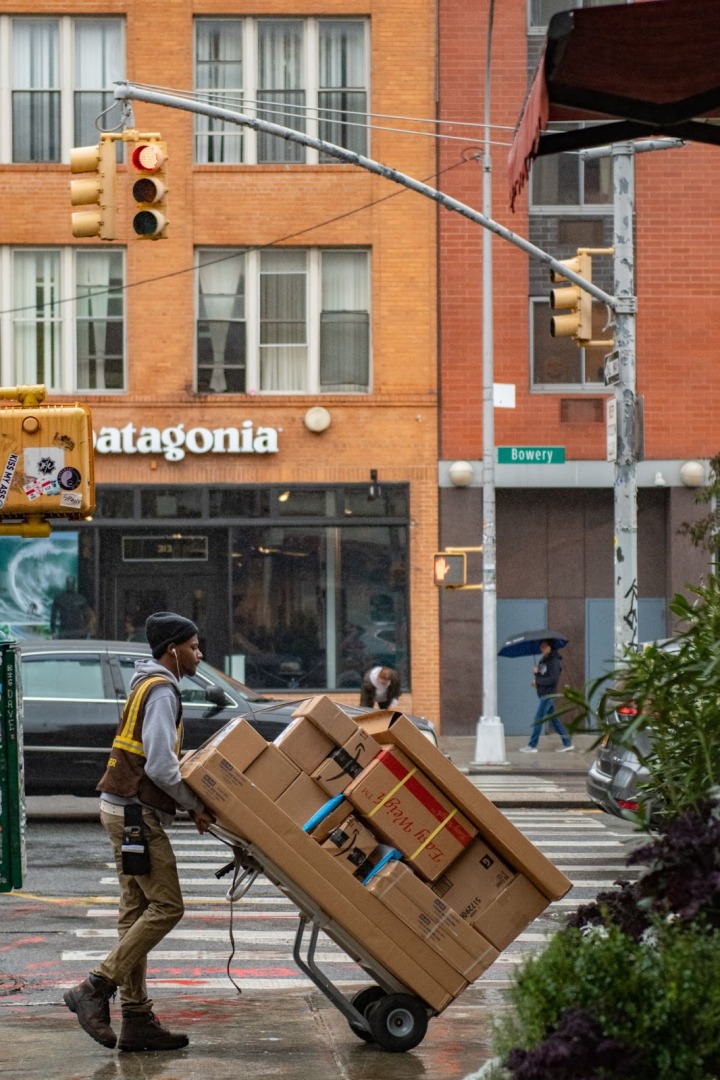Comments
- No comments found

Shipping frozen food requires careful consideration to ensure the products arrive at their destination in optimal condition.
Are you an ecommerce business shipping frozen food? You’ll need to take time to plan so your products can arrive in a good, safe, and consumable condition. So, make sure that you read this guide before your first shipment.
Ready to learn more? Everything about what you need to know before shipping frozen food is below!

You must ensure you have the proper packaging for your frozen food. First, make sure you wrap all of your frozen products in airtight, watertight plastic. Doing so can prevent the melting ice from damaging the packaging and other items during shipping.
Next, you’ll need to place the wrapped products in insulated packaging. An insulated box is a temporary refrigerator, keeping the frozen food cool during transit. It prevents the food from thawing too quickly and spoiling.
Not using the properly insulated box would create a disaster for your frozen order fulfillment company. You’ll want to do your research on the options that are available to you. Several types of insulated packaging include polyurethane foam, foil, and even denim.

Next, you’ll need to have a type of coolant in the box with the perishable items. FedEx recommends one of three types of coolants:
Gel packs,
Dry ice,
And wet ice
Each type of coolant works best in different situations. For example, gel packs work best when you need to keep the food between 34ºF (1ºC) and 50ºF (10ºC). FedEx has further guidelines and dry and wet ice restrictions, so you must review them first.
You need some coolant inside the insulated box, no matter what kind of frozen food you want to ship. The insulated packaging is never enough on its own, even if you have a lot of frozen food already inside of it. The coolant will stabilize the temperature for shipping, making it a necessity.
Now, it’s time to seal the package. You need it to have a strong, reliable seal so the coolant can keep the food frozen. Cool air can still escape the insulated container if gaps or openings exist.
You should place a specific label on the package depending on your state and what you're shipping. Some of your products might have additional restrictions and need specialized permits. Ensure you’re placing the labels correctly on the outside of the packages before shipping, as this coincides with food safety laws.
Frozen product labels will remain bonded to the package even if wet. So, you’ll need to use that instead of the standard shipping label, as those will peel off easily.

Next, you must choose a shipping carrier that’s well-versed in handling frozen food products. Some carriers promote themselves as specializing in this area. You must consider the shipping times they’re offering.
An express delivery service like FedEx First Overnight or USPS Priority Mail is also better. These services will cut down on transit times, helping the frozen food to arrive before it melts. Generally, UPS, USPS, and FedEx all provide overnight shipping for frozen orders.
Some standard services can take several days to arrive at your customer’s doorstep, which is far too long for frozen products. So, you’ll always need to check the estimated delivery times before signing up with one courier.
Overall, you’ll want to talk with the couriers and see your delivery options. Then, choose the one that’s the fastest and most reliable.
It’s also a good idea to buy and ship your products in bulk because suppliers often provide deals that help you save a hefty amount on your shipping costs. Keeping the packaging in bulk in your warehouses also makes picking and packing the orders easier because your staff will have access to everything they need to send the order out immediately.
Keeping an area in your warehouse specifically for frozen food lets you keep the products nearby and ready for when someone orders them. That way, you don’t have to worry about them not being at safe temperatures before they get shipped out.
Storing your shipping products and frozen foods on your company’s sites is the way to go. Ask about buying and shipping in bulk to save the most money. You can use those funds to further your brand’s growth.
Including temperature monitoring with your frozen food shipments is also a good idea. You can ensure your products remain at a safe temperature during shipping in several ways. Some of these include:
Thermal strips: These small labels change colors when in certain temperatures. They’re cost-efficient and usually accurate. So, your customers will know if the food got too warm during the shipping period, allowing them to keep themselves safe from illness.
Temperature data loggers or recorders: These devices record the temperature occasionally and travel with the frozen food. If you pay more, you can get models that send that data wirelessly to you and the customer, letting everyone know that the food is safe to eat upon arrival. It’s not a cost-efficient option, however.
Temperature monitoring during storage: Finally, you will need some kind of monitoring while the foods are still in your cold storage warehouse. You want sensitive monitors that provide real-time data on the temperature in the space so that you can remain compliant with all the food and safety laws.
No matter what, you will likely need a monitoring system in place. So, make sure you check the guidelines unique to your area.
To summarize, you must follow several steps when shipping your frozen food. Going over each step will help you be more prepared once your first customer places their first order. You should consider the packaging, the coolant you’ll use, and which courier will handle your packages.
If you can do all that, you’ll have a smooth frozen food delivery for your customers! They’re sure to appreciate it.
Leave your comments
Post comment as a guest